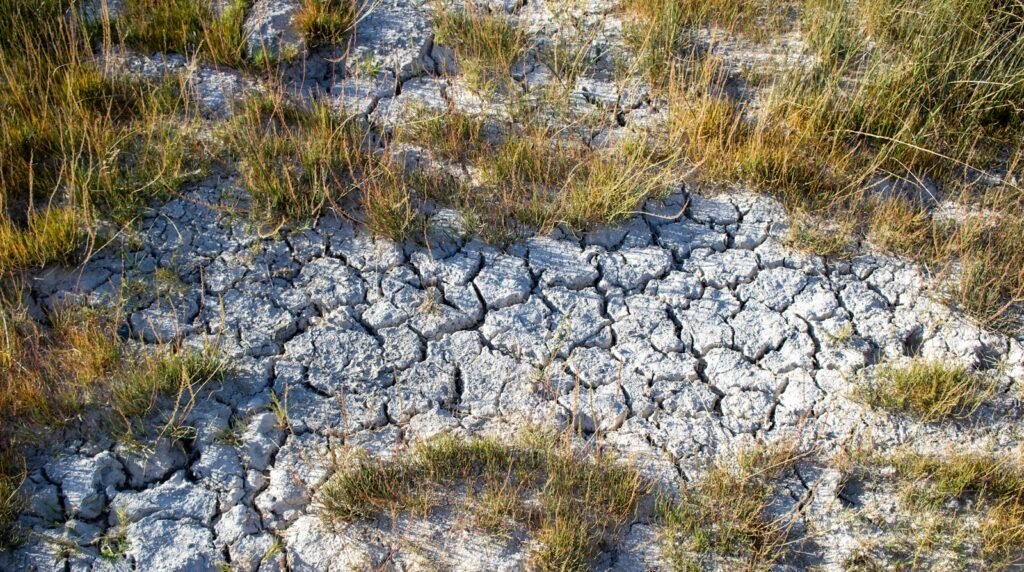California has always swung between feast and famine, but lately the swings feel sharper, faster, and a little unnerving. Wet winters drape mountains in snow, then a few scorching seasons erase the cushion as if someone yanked the safety net. Scientists warn that warming temperatures amplify this whiplash, nudging the state toward longer, more intense dry spells that look a lot like megadrought. The question isn’t whether another punishing drought will come – it’s whether we’ve learned enough from the last ones to face the next with fewer surprises. The answer is complicated, and it’s written across rivers, aquifers, farms, and city pipes.
The Hidden Clues
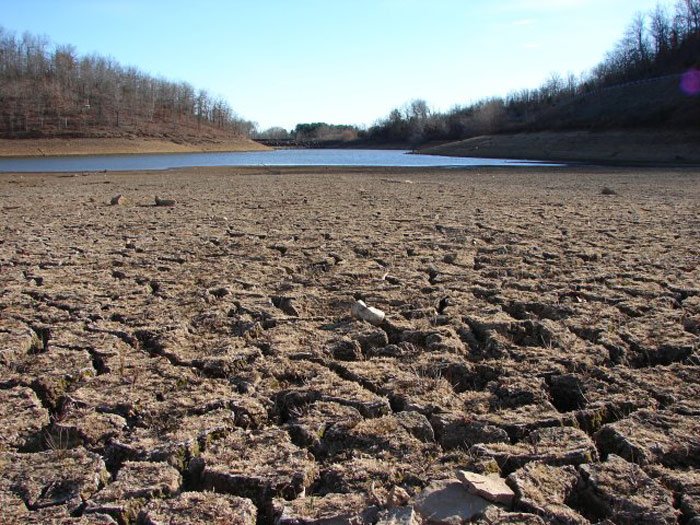
Here’s the unsettling twist: California can be drenched in one winter and still be on a collision course with a megadrought the next. Tree rings tell a story of epic dry periods that dwarfed the twentieth century’s worst years, reminding us that the past few decades were more exception than rule. Add in warmer air that drinks moisture from soils and plants, and you get droughts that start faster and bite harder. Reservoirs can look healthy on paper while groundwater debts quietly deepen below our feet. That’s the trap – surface abundance masking subterranean scarcity.
On a hike last spring, I watched a creek roar through a canyon that, two summers ago, was a ribbon of dust; it felt triumphant, but also temporary. Scientists call this era precipitation whiplash – floods one year, restrictions the next – and the physics behind it aren’t going away. Even the Sierra snowpack, once a reliable bank account, is turning volatile as snow turns to rain more often. When melt arrives early, it rushes past storage windows and out to sea, leaving less to carry into August. The clues are there; we just have to read them before they fade.
From Ancient Tools to Modern Science
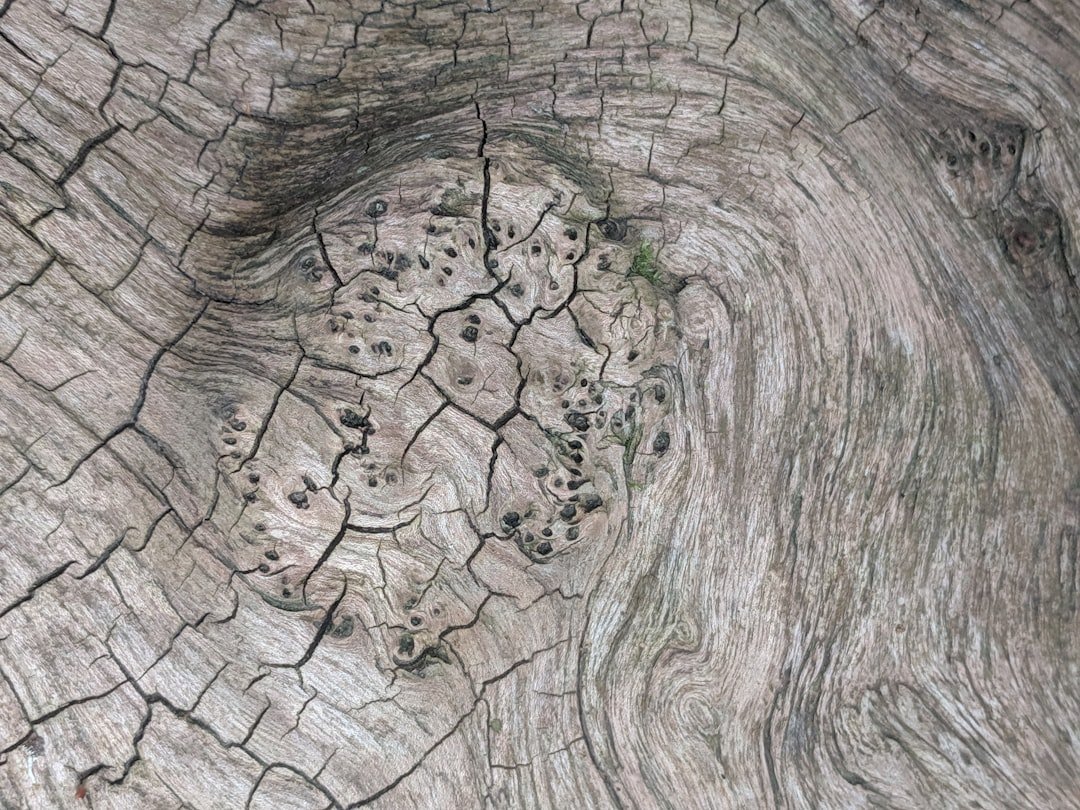
Dendrochronology, the century-old craft of reading tree rings, shows that megadroughts visited the West long before modern cities arrived. Those rings, paired with lake sediments and cave formations, sketch a map of past extremes that guides today’s models. Now, satellites add a higher vantage point: gravity-sensing instruments track groundwater mass changes, while radar and lidar map snow, soil moisture, and even land that sinks when aquifers are overdrawn. Together, these tools sharpen the forecast, turning hunches into probabilities. They also expose a tough truth – groundwater is the state’s Achilles’ heel.
Weather recon flights into Pacific storms and improved atmospheric river forecasts help operators decide when to hold or release water. Forecast-Informed Reservoir Operations allow some dams to capture more in dry times without raising flood risk, thanks to better lead times. It’s a quiet revolution, a software upgrade for concrete built in another era. But models aren’t magic; they need constant calibration as the climate shifts. Science can narrow the odds, not erase them.
Water Ledgers: Where California Stands Now
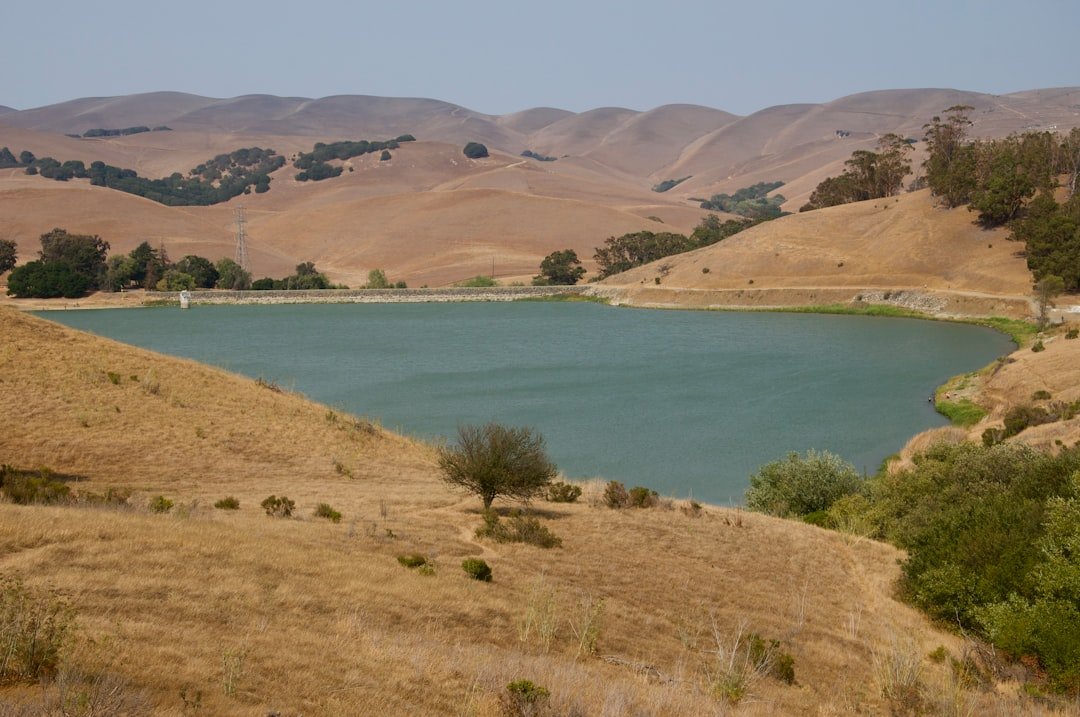
After the last severe drought, households and agencies invested in conservation, metering, and leak detection that lowered per-person use in many cities. Urban landscapes swapped thirsty lawns for drought-tolerant plants, and water recycling projects grew from experiments to everyday supply. Yet statewide balance sheets still don’t pencil out neatly when dry years stack up. Aquifers in parts of the Central Valley remain overdrawn, and some rural wells run precariously close to failure during prolonged heat. Surface water buys time, but groundwater decides who can finish the race.
Key stress points that matter when the rains pause include: – Groundwater deficits in several basins that take years, not months, to refill. – Domestic wells in vulnerable communities that are first to go dry. – Evaporation losses that climb as temperatures rise, shaving supply at the edges. – Infrastructure bottlenecks that make moving water to where it’s needed harder than it looks. These are solvable, but only with relentless follow-through.
The Working Landscape: Agriculture on the Front Line
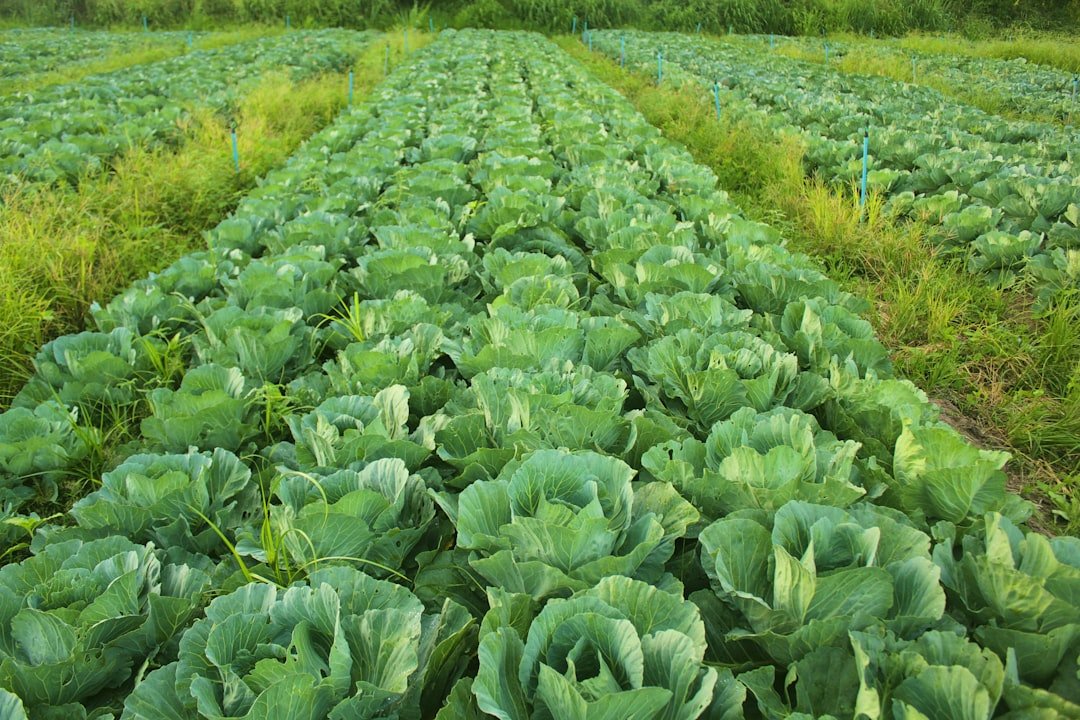
California’s farm belt has been adapting in real time – shifting crops, testing groundwater markets, and piloting recharge on fallow fields when storms arrive. High-value orchards bring stability for some growers but lock in a year-round water need that’s hard to cut in a crunch. Managed aquifer recharge – spreading winter flows across fields and floodplains – offers a way to bank the wet for the dry, and the approach is catching on. Still, not every soil type or canal network is ready to accept that water when it appears for a few chaotic weeks. Timing is everything, and timing is getting trickier.
During the last extreme drought, I stood on a retired vineyard now waiting for a recharge flood, and it felt like a preview of a new kind of farm infrastructure. The economics are blunt: some acreage will likely come out of production as groundwater rules bite, while the remaining acres get smarter and more efficient. Partnerships with wildlife managers can turn seasonal inundation into habitat and storage, a win on paper and on the ground. But farm towns need transition support – jobs, broadband, and new industries – so resilience doesn’t become a luxury for the few. Preparedness is social policy as much as hydrology.
The Infrastructure Debate: Big Projects vs. Smart Operations
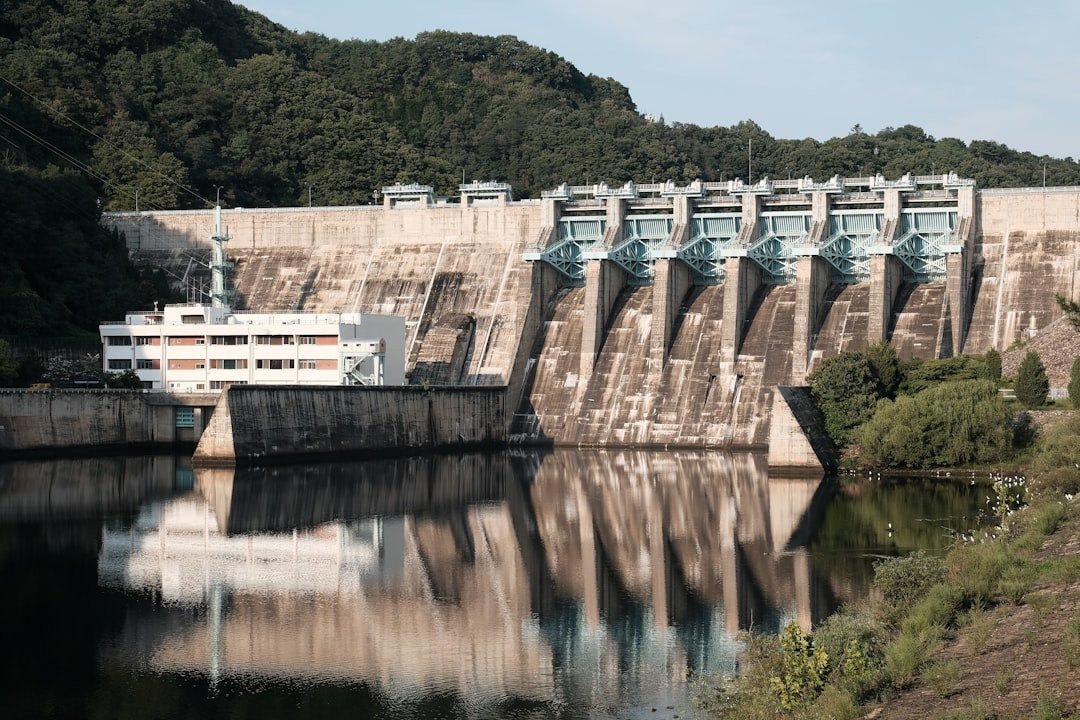
California’s playbook blends big-ticket projects with nimble management. Proposed off-stream storage, water recycling plants that turn wastewater into near-distilled supplies, and a handful of coastal desalination facilities form the hardware. The software is real-time forecasting, sensor networks, and flexible reservoir rules that squeeze more security out of the same drops. Recycling and stormwater capture shine because they’re local and drought-proof, though they take years to build and permit. Desalination offers reliability but at higher costs and energy use, suiting specific regions rather than the whole state.
Off-stream reservoirs that store peak winter flows can help smooth the wild swings if they’re paired with aggressive groundwater recharge downstream. The strongest plans braid projects together – storage up top, reuse in cities, levee setbacks and floodplains to slow floods while soaking aquifers. That kind of portfolio spreads risk the way a good retirement plan does. It’s less flashy than a single mega-dam, but it’s more likely to work when the climate throws curveballs. Integration beats silver bullets every time.
Why It Matters
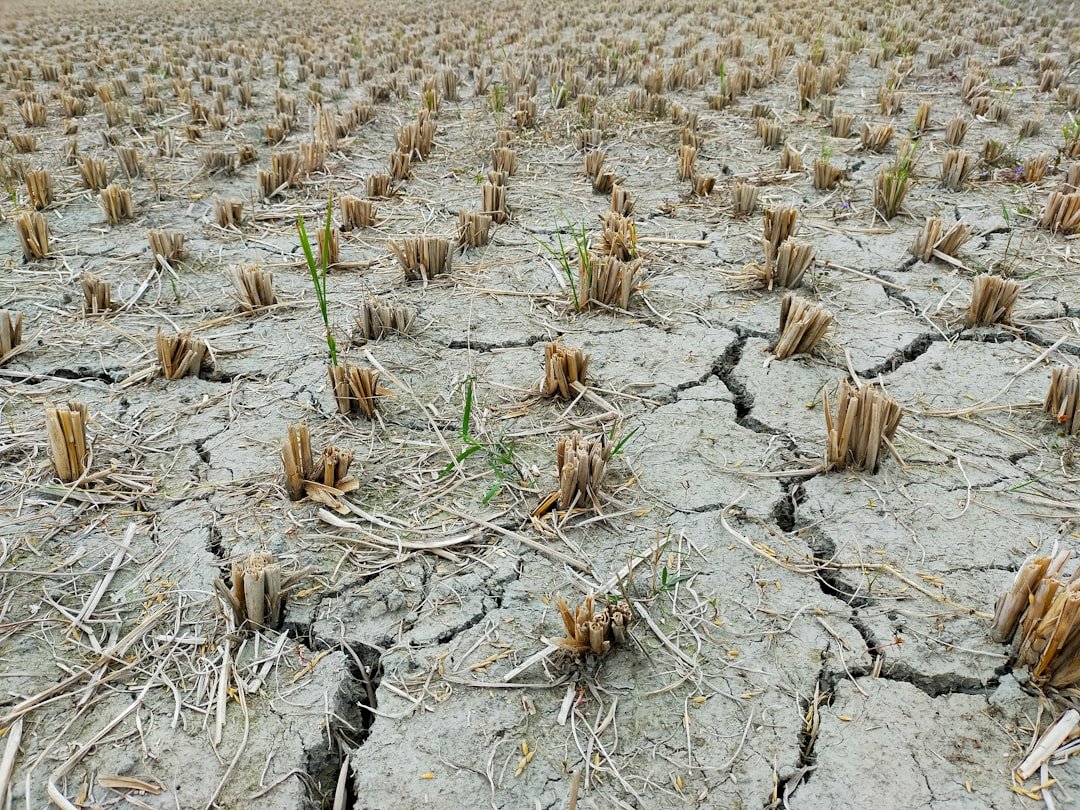
Drought is not just about taps and lawns; it’s about food prices, energy, and public health. Hydropower often slips in dry years, forcing more gas-fired generation and higher emissions exactly when we need the opposite. Farmworker communities absorb the shock first through lost hours and dusty air, while small water systems face boil notices or trucked deliveries when wells fail. Urban users feel it later in tiered bills and usage limits, a reminder that scarcity doesn’t spread evenly. A megadrought would magnify all of these, testing emergency safety nets and patience alike.
Compared with past droughts, the state now uses better forecasting, tougher groundwater rules, and sturdier conservation habits. That’s real progress, but not a guarantee. The gap is speed – policy and projects move slower than climate signals. Preparedness means closing that pace gap so that what’s on paper becomes water in the bank. In plain terms: resilience must arrive before the next dry cycle, not during it.
Global Perspectives
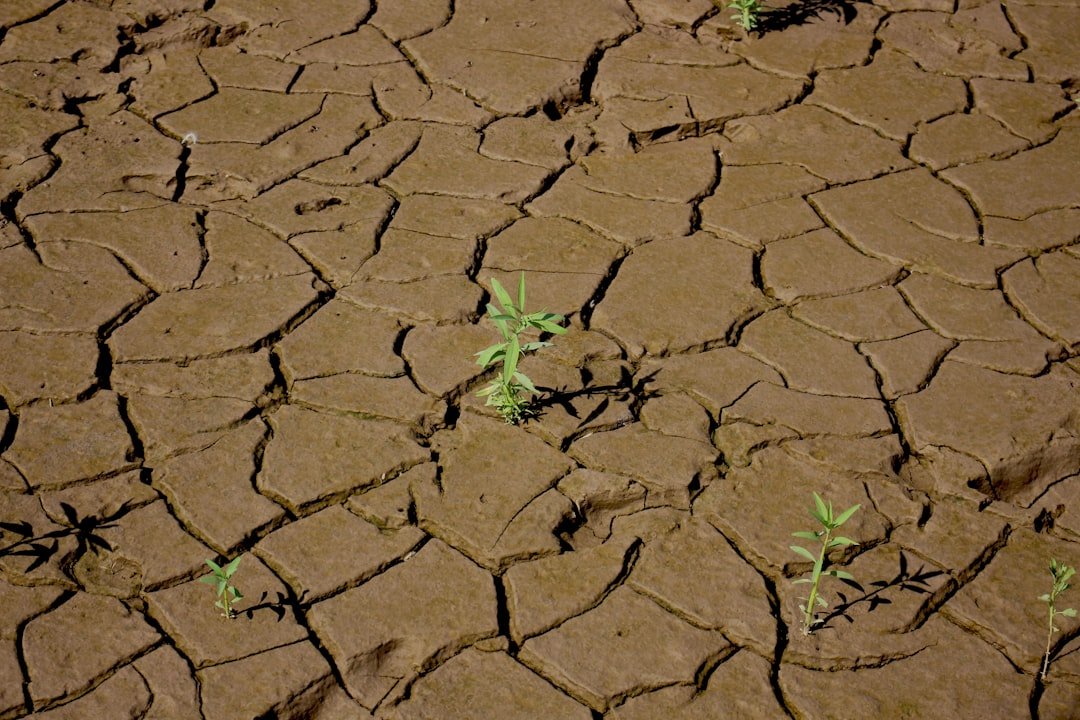
Other drylands have wrestled with versions of this problem and left a trail of lessons. Australia’s Millennium Drought showed how aggressive recycling and pricing can stretch urban supplies without crippling cities. Chile’s central valleys, cousins to California in climate and crops, revealed the risks of fragmented groundwater rights when the sky shuts off. Cape Town’s near–day-zero crisis proved that behavior change can be swift when stakes are visible and shared. Europe’s recent scorching summers taught that even temperate regions are not immune to cascading water stress.
Three takeaways cross borders: – Treat groundwater like a savings account with rules and audits, not an open bar. – Build drought-proof local sources – recycling, stormwater, and conservation – before importing more. – Communicate risk plainly so people adjust early, not when the shelves are empty. California helped invent water engineering; it can also lead on water honesty. The world is watching because we all live downstream of a warming atmosphere.
The Future Landscape
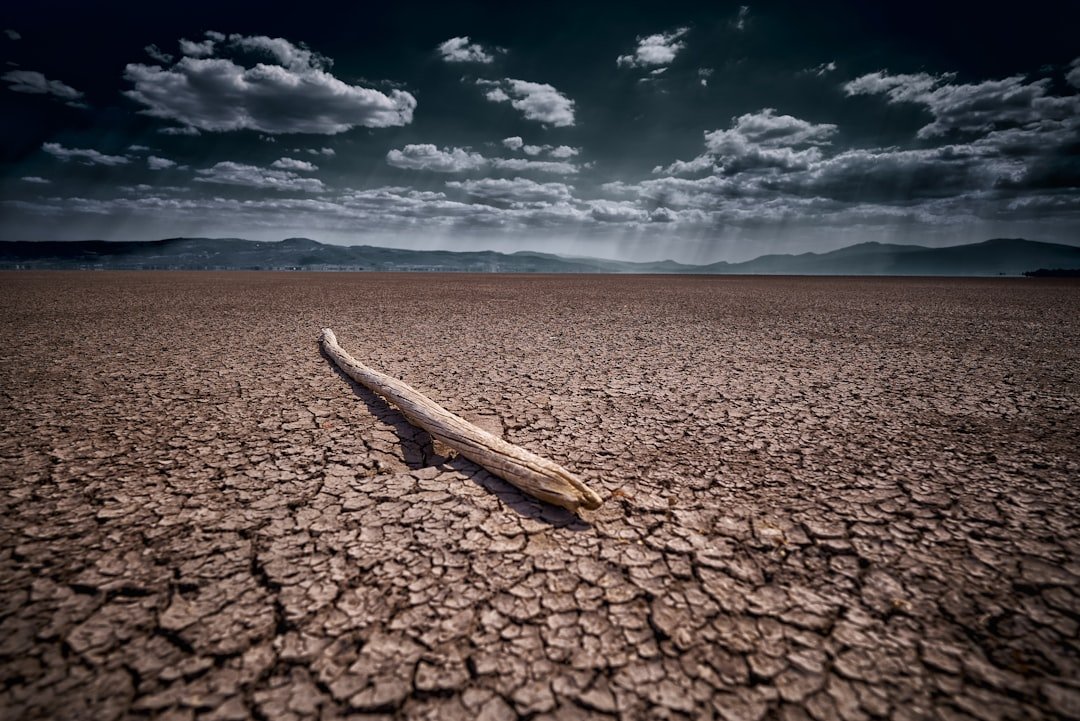
The next wave of resilience leans on precision: smarter irrigation that drips to the root, AI-assisted leak hunting in city networks, and satellite-guided recharge targeting the soils that accept the most water fastest. Floodplains reconnected to rivers can tame destructive surges while seeding aquifers below communities that need them most. Microgrids at treatment plants keep pumps running during heat-driven blackouts, turning water systems into lifelines when everything else is strained. Meanwhile, home-scale reuse – from graywater to rain barrels – multiplies small wins into measurable relief. The future isn’t one big project; it’s thousands of coordinated ones.
The challenge is stitching technology into policy and budgets that endure past election cycles. Permitting that protects ecosystems while allowing speed will decide whether good ideas stay pilots or become plumbing. Rates need to fund reliability without breaking lower-income households, which means targeted assistance and clear value. And yes, some cherished lawns and low-value, high-water crops will fade as the math tightens. Hard choices made early are kinder than panicked ones later.
Conclusion
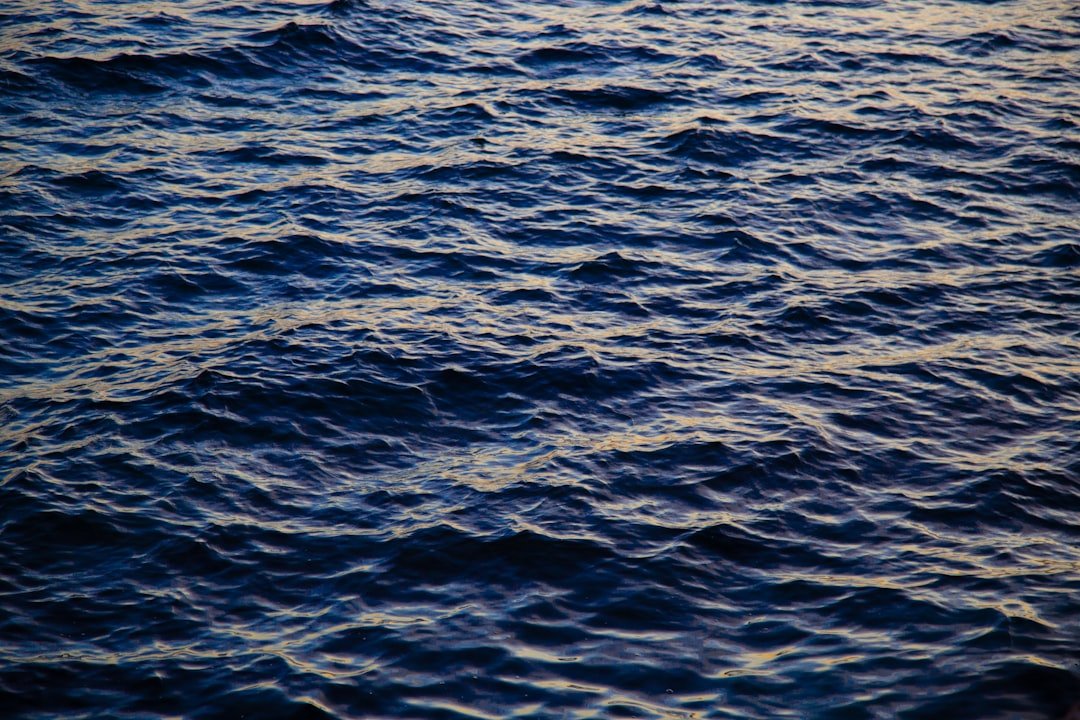
Start where you stand: fix leaks, right-size landscaping, and take the water audit most utilities now offer for free. Support local plans for stormwater capture and water recycling, even when construction is messy, because those pipes are your future safety net. If you farm or manage land, connect with your groundwater agency about recharge opportunities and soil improvements that boost infiltration. Ask city leaders how Forecast-Informed Reservoir Operations affect your region and how your community will store water after big storms. Donate or volunteer with groups that restore floodplains and riparian corridors – they lower flood risk and refill aquifers at once.
Most of all, stay curious and stay loud, because water policy moves when the public insists on it. California is closer to drought resilience than it was a decade ago, but the finish line moves with the climate. Acting now turns the next megadrought from a cliff into a slope. That’s the choice on the table – will we make it before the sky goes quiet again?

Suhail Ahmed is a passionate digital professional and nature enthusiast with over 8 years of experience in content strategy, SEO, web development, and digital operations. Alongside his freelance journey, Suhail actively contributes to nature and wildlife platforms like Discover Wildlife, where he channels his curiosity for the planet into engaging, educational storytelling.
With a strong background in managing digital ecosystems — from ecommerce stores and WordPress websites to social media and automation — Suhail merges technical precision with creative insight. His content reflects a rare balance: SEO-friendly yet deeply human, data-informed yet emotionally resonant.
Driven by a love for discovery and storytelling, Suhail believes in using digital platforms to amplify causes that matter — especially those protecting Earth’s biodiversity and inspiring sustainable living. Whether he’s managing online projects or crafting wildlife content, his goal remains the same: to inform, inspire, and leave a positive digital footprint.

